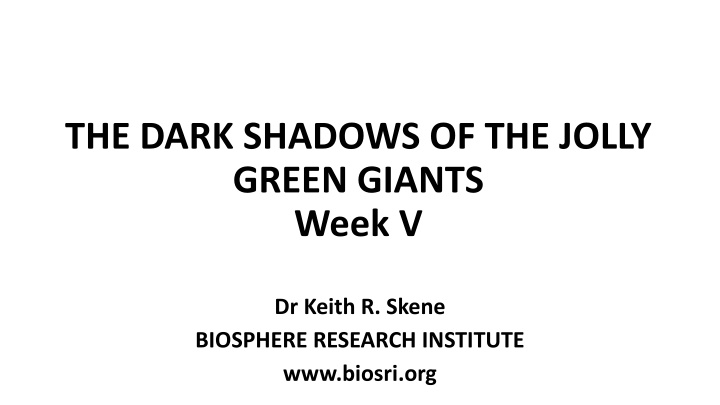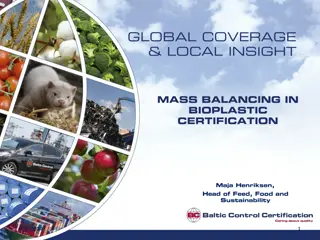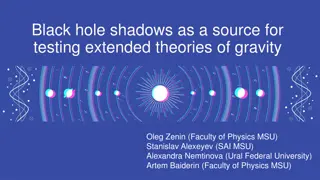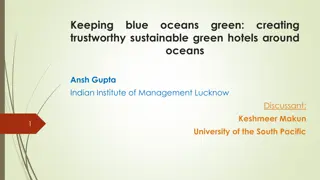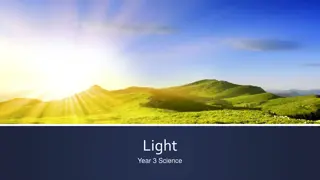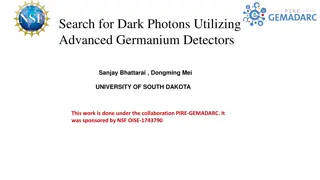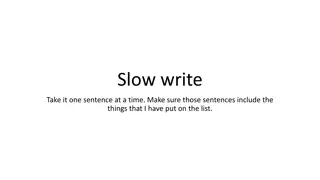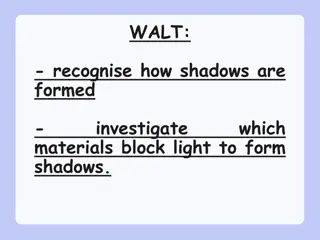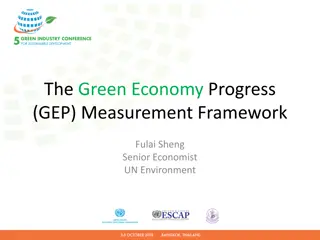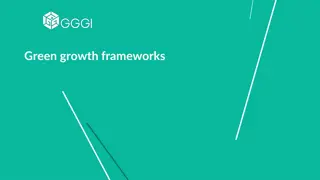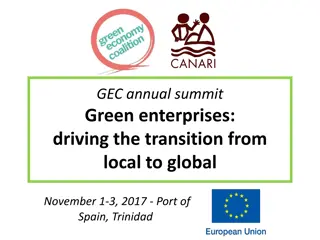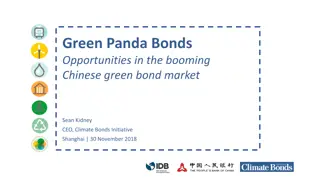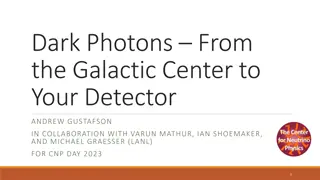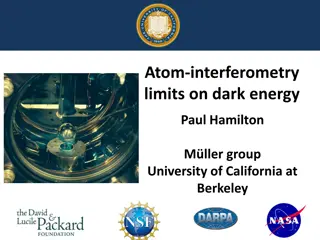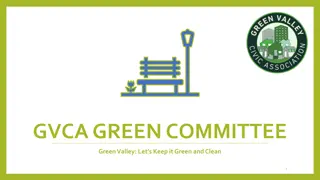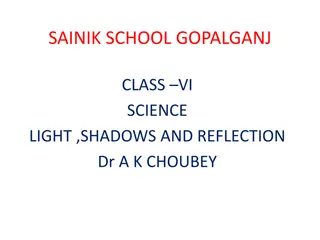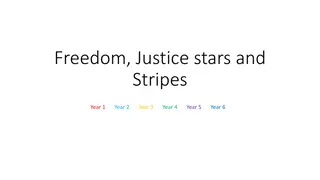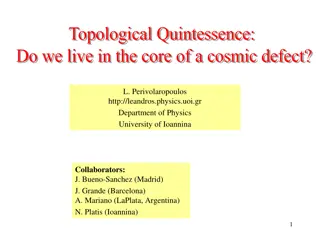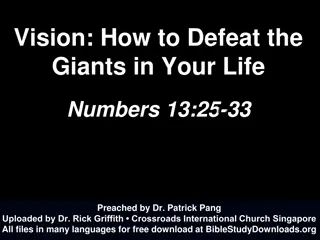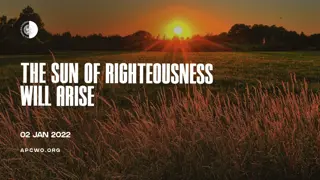The Dark Shadows of the Jolly Green Giants - Threats to Sustainability
The portfolio of renewable energy technologies poses significant threats to a sustainable future due to social and environmental damage from supply chain issues and waste. The massive expansion of these technologies, combined with underlying issues, could lead to disastrous consequences. Lack of transparency, accountability, and unacceptable impacts raise concerns, highlighting fundamental issues that need to be addressed. Contextualizing the problem reveals fixation on carbon, ignorance of supply chains, desire for business-as-usual, and lack of understanding of the Earth's system, impacting soil erosion, climate destabilization, salinization, global biodiversity collapse, and eutrophication.
Download Presentation

Please find below an Image/Link to download the presentation.
The content on the website is provided AS IS for your information and personal use only. It may not be sold, licensed, or shared on other websites without obtaining consent from the author.If you encounter any issues during the download, it is possible that the publisher has removed the file from their server.
You are allowed to download the files provided on this website for personal or commercial use, subject to the condition that they are used lawfully. All files are the property of their respective owners.
The content on the website is provided AS IS for your information and personal use only. It may not be sold, licensed, or shared on other websites without obtaining consent from the author.
E N D
Presentation Transcript
THE DARK SHADOWS OF THE JOLLY GREEN GIANTS Week V Dr Keith R. Skene BIOSPHERE RESEARCH INSTITUTE www.biosri.org
Week One: Week Two: Week Three: Week Four: Week Five: Background; Wind; Hydro Geothermal; GSHP; Photovoltaics (PV) Electric Vehicles (EVS); Hydrogen Biomass; Marine Energy; Nuclear Energy Conclusions.
It can clearly be seen that the portfolio of renewable energy technologies poses multiple, significant threats to a truly sustainable future Social and environmental damage from supply chain issues and waste
Massive expansion of renewable energy technologies Combined with the underlying issues across these technologies, this is a recipe for disaster This is a critical moment Before we magnify the problem hugely Mass-producing our errors
Lack of transparency Lack of accountability Precarious supply chains Unacceptable impacts on children and indigenous people No effort being made.
Contextualizing the problem Consequences Causes Cures
1.Our fixation with carbon 2.Our ignorance of supply chains 3.Our desire for business-as-usual 4.Ignorance of the Earth system
Its Not Just Carbon, Stupid!!! SOIL EROSION CLIMATE DESTABILIZATION SALINIZATION GLOBAL BIODIVERSITY COLLAPSE EUTROPHICATION
Its not just carbon, Stupid! Carbon fixation is detracting from bigger picture
GDP: a false sense of wellbeing Complete lack of environmental accounting of international supply chains No attempt to subtract environmental and sociological costs from production
The dark shadows of the The dark shadows of the jolly green giant jolly green giants Child labour and deaths Toxic leaching Displacement of indigenous people Geopolitical interference in supply chains Health issues around mines Landfill explosion of glass fibres, EV batteries Greenwashing
The flaw in sustainability theory We are trying to maintain the status quo REDUCE, REDUCE, REDUCE must be the mantra Our activities must strengthen the Earth system AS A BOTTOM LINE
Re-envisioning the circular economy as the embedded economy The economy as servant to society and the environment, leaving no-one behind: an economic model wherein planning, resourcing, procurement, production and reprocessing are designed and managed, as both process and output, to maximize ecosystem functioning and human well-being. Murray, Skene and Haynes, 2017.
Embedded economy, not circular economy Bio-participation, not biomimicry We must step out of the big top of human-centred thinking And step out into a meaningful integration through the relational self
The murders of indigenous environmental activists In 2020, 227 activists, mostly indigenous community leaders, striving to do no more than protect their people from multinational companies polluting their land, air and water, destroying their forests or desecrating their sacred sites were killed. up from 116 in 2014 and 212 in 2019.
Fikile Ntshangase Fikile Ntshangase, aged 65, was one of the 227, shot dead in her living room in South Africa She had opposed the expansion of an open cast mine that would destroy her ancestral land.
scar Adams Shot dead in Baja California, Mexico Aged 34 as he led a campaign to protect the water supply from industrial extraction of water by a famous beer company.
BERTA CCERES From Honduras Winner of the Goldman Environmental Prize Led protests against the Agua Zarca hydroelectric dam Shot dead in her home.
I will return and I will be millions
Optimization is a large part of the problem Less optimal energy systems resolve many of the issues Electromagnets instead of permanent magnets Heavier, cobalt-free batteries with much less lithium and graphite Plant-based, heavier wind turbine rotors replacing plastic Smaller, less efficient hydro turbines Local, lower tech solutions.
Big business still dominates renewable energy Optimized for profit Concerning supply chain issues Greenwashing Profit at any cost The more fog the better.
Localism in energy provision Distributed energy rather than utility energy Avoids many of the issues related to large scale technology Part of greater benefits of local accountability and landscape-culture links
Landscape as essence Historically, most towns and villages located on rivers/streams Fuel poverty less likely in connected, local communities The forgotten ones are remembered.
Reduction, Reduction, Reduction Takes pressure off drive for efficiency Allows sub-optimality to increase Along with environmentally and socially friendly approaches Agricultural food waste 40% contributing large part of greenhouse gas release, nutrient pollution
Energy waste reduction Insulation Improved industrial processing Energy footprints for products Agricultural barriers Improved soil
Energy relations in nature 80% of fertilizers, the greatest destabilizers of natural ecosystem energy relations, run off the fields Disastrous consequences Climate destabilization is a threat multiplier here
Positive feedback and non-linear response Eutrohication Climate destabilization Fertilizer application Increased rainfall Temperature rise Run-off into rivers and lakes 01111 Rotting algal blooms, creating low oxygen conditions and odours; increased toxic cyanobacteria Increased thermal stratification in oceans and lakes Increased oxygen depletion in deeper waters
We must shrink our ecological and sociological footprints, not our carbon footprints Only an embedded economy, in resonance with the Earth system, can deliver a brighter future Ecological intelligence, not western human intelligence, is key.
Per capita figures are key Many large populations, such as China, use much less energy per capita than some small populations, such as Australia
A brief history of energy use by humans LUXURY ENERGY CONSUMPTION Vast increase per capita ESSENTIAL ENERGY CONSUMPTION Constant per capita
Surely this will all increase the price of energy and goods? 1. paying a price that reflects the environmental costs can only be just 2. Fossil fuel subsidies currently stand at US$1 trillion per annum It is time to subsidize the recovery in the way that we subsidized the destruction
Why subsidise fossil fuels? To reduce cost of energy while compensating energy companies BUT Rich benefit more than poor Damages environment BUT Fears over fuel poverty Catch 22
Improved designs needed Reflecting on Borthwick: As in the industrial revolution, a new generation of engineers is required that possesses the ingenuity and boldness to meet this global challenge. Designers and scientists need the funding to transform these energy technologies Many of the solutions are already there All that is needed is the will, transparency and carrots and sticks
Punch, 1858 Herbert Block
The educated, relational consumer Can be both the carrot and the stick Encouraging companies to respond to our enlightened, embedded decision-making The relational self, empowered by connectivity Ubuntu
Ubuntu I am what we are Ubu: enfolded Ntu: unfolding
Little old us It all begins and ends with each of us The current disaster emerged from billions of erroneous decisions taken by the likes of you and me taken over may years The solution will emerge from billions of environmentally and socially responsible decisions taken by each of us, starting today.
Il faut cultiver son jardin Peace means an unending fight against disease and slums, ignorance and economic injustice, against deforestation and waste of natural resources; peace means, both concretely and figuratively, that everyone must cultivate his garden
CONCLUSIONS Renewable energy can be a good thing But currently it falls short We must demand change And be accountable
Any technology claiming to contribute to a sustainable future must demonstrate: ecological resonance in that it promotes the functionality and sovereignty to nature, and social resonance in that itpromotes the functionality and sovereignty to society Current renewable energy technologies clearly do not meet these standards But the changes can and must be delivered.
Thomas Berrys notion of the great transition: The Ecozoic From the period when humans were a disruptive force on the planet Earth to the period when humans become present to the planet in a manner that is mutually enhancing (Berry, 1999).
Rewilding: paradise lost paradise restored? Wednesdays 6-30/8-30pm, 4 weeks Starts 23 February 2022 (Online) Indigenous thinking and our search for a sustainable future Wednesday 6.30/8.30pm 4 weeks Starts: 4 May 2022 (Online)
